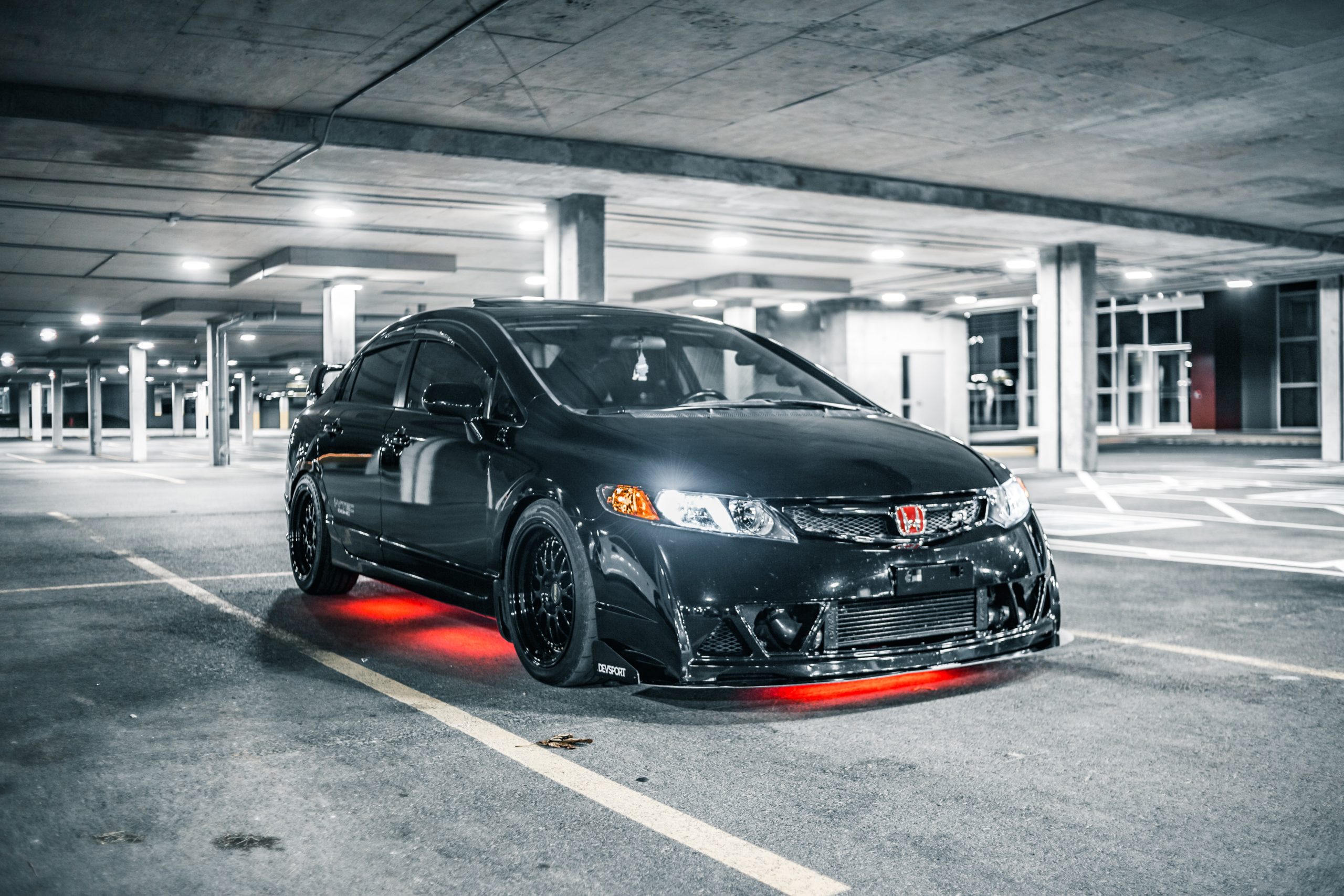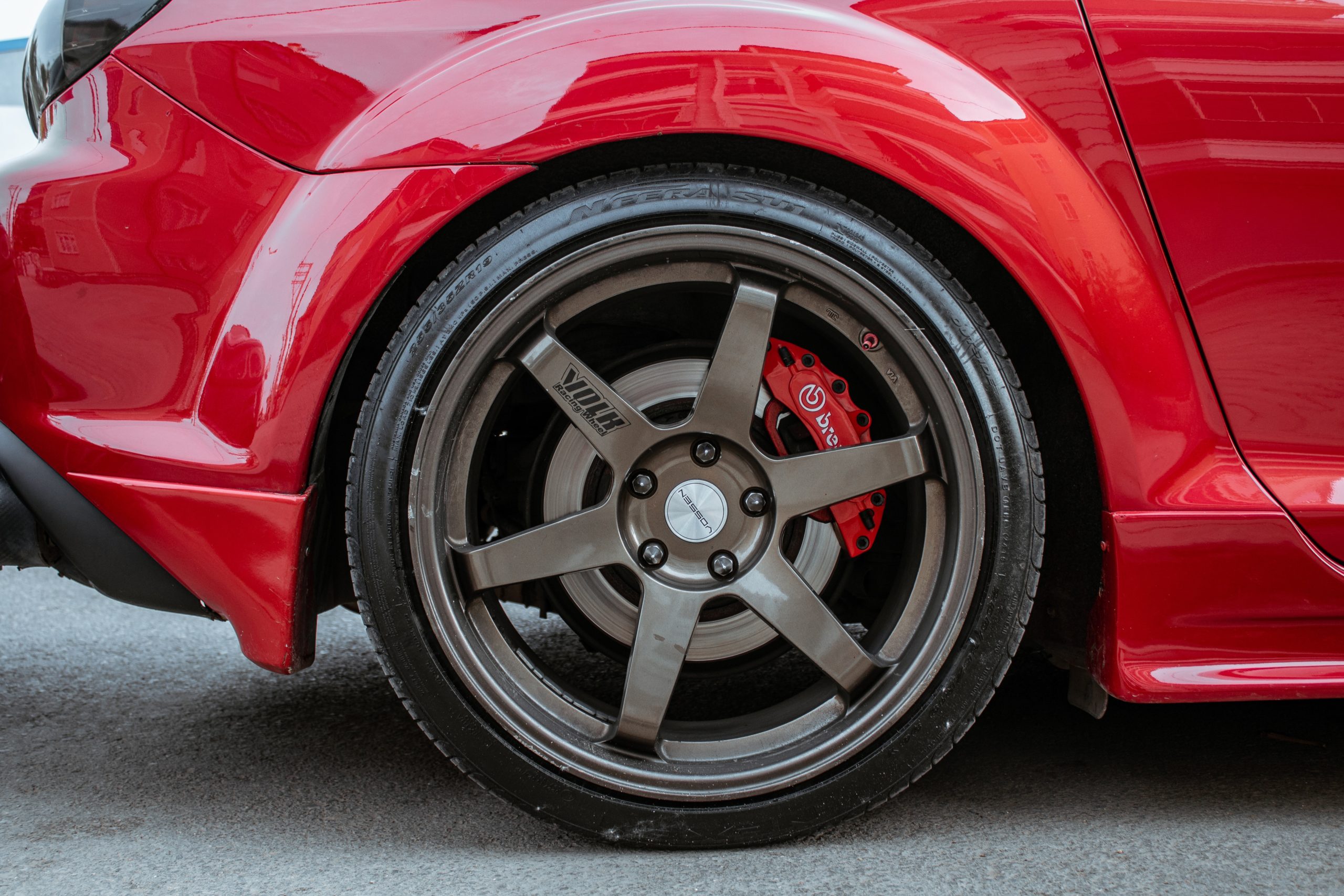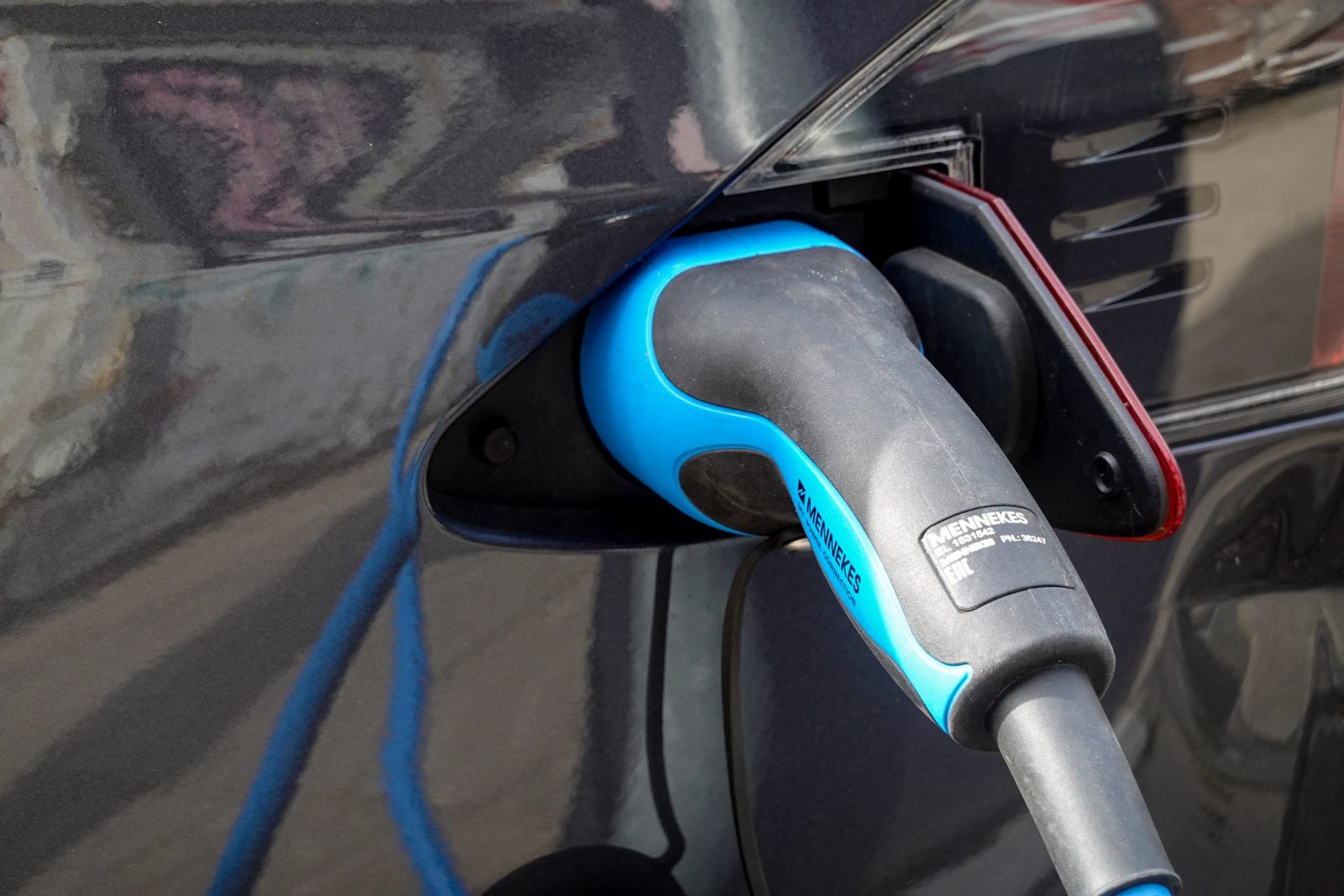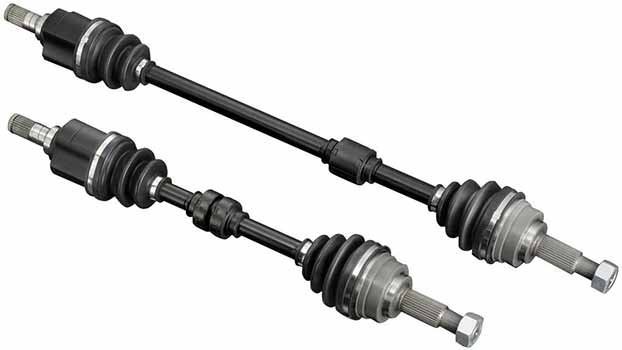Driving an automatic car is relatively easier compared to a manual transmission vehicle. This step-by-step guide will help you understand the basics of driving an automatic car, from starting the engine to maneuvering on the road. We will also provide essential information about automatic transmissions, their advantages, and some additional tips for a smooth and safe driving experience.
Familiarizing Yourself with the Car
Adjust the seating position: Ensure a comfortable and proper driving position by adjusting the seat’s distance, height, and backrest inclination.
Adjust the mirrors: Set the rear-view mirror and side mirrors to provide maximum visibility.
Familiarize yourself with the controls: Locate and understand the position and function of essential controls such as the steering wheel, accelerator pedal, brake pedal, gear shifter, and parking brake.
Starting the Engine
Locate the ignition key or start button: Automatic cars usually have a simple ignition system. Insert the key into the ignition slot or press the start button, following the manufacturer’s instructions.
Engage the parking brake: Ensure the car is stationary, and activate the parking brake by either pulling a lever or pressing a button.
Start the engine: Turn the key or press the start button while applying light pressure on the brake pedal. The engine should start smoothly.
Understanding the Gear Shifter
Identify the different gear positions: Most automatic cars have several gear positions: Park (P), Reverse (R), Neutral (N), Drive (D), and sometimes additional options such as Low (L) or Overdrive (OD).
Learn the functions of each gear
Park (P): Engages the parking gear and locks the transmission.
Reverse (R): Allows the car to move backward.
Neutral (N): Disengages the transmission, useful for starting the engine or being towed.
Drive (D): Engages the forward gear for regular driving.
Low (L) or Overdrive (OD): Additional gear options for specific driving conditions.
Understand the gear selector mechanism: Most automatic cars have a lever or buttons near the steering column or center console to shift between gears.
Driving an Automatic Car
Start in Park (P): With the engine running and your foot on the brake pedal, shift the gear selector to Park (P).
Release the parking brake: Disengage the parking brake after confirming the gear is in Park (P).
Move to Drive (D): Place your foot on the brake pedal, and shift the gear selector from Park (P) to Drive (D).
Gradually release the brake pedal: Slowly release the brake pedal to allow the car to start moving forward.
Accelerate smoothly: Lightly press the accelerator pedal to increase speed. Automatic transmissions will automatically shift to higher gears as you gain speed.
Use the brakes when needed: Apply gentle pressure on the brake pedal when you need to slow down or stop.
Turning and maneuvering: Use the steering wheel to turn the car in the desired direction. Remember to use the turn signals to indicate your intention to other drivers.
Adjusting speed: Increase or decrease the pressure on the accelerator pedal to control your speed.
Stopping and parking: When you reach your destination, follow the process of gradually slowing down, shifting to Park (P), applying the parking brake, and turning off the engine.
Additional Tips for Driving an Automatic Car
Hill starts: Automatic cars have a feature called “hill-hold” that prevents the car from rolling backward on inclines. When starting on a hill, keep your foot on the brake pedal, shift into Drive (D), and gradually release the brake while applying light pressure on the accelerator.
Emergency braking: In the event of an emergency, firmly press the brake pedal to engage the car’s braking system. Automatic cars have a built-in feature that applies maximum braking force when the pedal is fully depressed.
Traffic conditions: Always maintain a safe distance from the vehicle ahead and adjust your speed according to the traffic flow. Automatic transmissions allow for smooth acceleration and deceleration.
Parking: To park an automatic car, shift the gear selector to Park (P), engage the parking brake, and turn off the engine. Always ensure you are parked in a designated parking space.
Reversing: When reversing, shift the gear selector to Reverse (R) and use the rear-view and side mirrors to guide you. Go slowly and check for obstacles or pedestrians.
Maintenance: Regularly check the transmission fluid levels and follow the manufacturer’s recommended maintenance schedule for your automatic transmission.
Practice: The more you practice driving an automatic car, the more comfortable and confident you will become. Familiarize yourself with the car’s responsiveness and handling characteristics.
More Resources
Tips For Driving Safe On Ice
What Happens If You Dont Get Oil Change
Conclusion
Driving an automatic car is a straightforward process that involves familiarizing yourself with the controls, starting the engine, understanding the gear shifter, and maneuvering on the road. Remember to always prioritize safety, follow traffic rules, and practice responsible driving habits. Enjoy the convenience and ease of driving an automatic car.
FAQ’S
How do I shift from Park (P) to Drive (D) in an automatic car?
To shift from Park (P) to Drive (D) in an automatic car, follow these steps:
Can I shift directly from Drive (D) to Reverse (R) in an automatic car?
No, it is not recommended to shift directly from Drive (D) to Reverse (R) or vice versa in an automatic car. Doing so can put unnecessary strain on the transmission. To shift to Reverse (R) from Drive (D), follow these steps:
Bring the automatic car to a complete stop.
Shift the gear from Drive (D) to Neutral (N) first.
Once in Neutral (N), shift to Reverse (R) after ensuring it is safe to do so.
What does the Overdrive (OD) option do in an automatic car?
The Overdrive (OD) option, when available in an automatic car, allows the transmission to engage an extra gear for improved fuel efficiency during highway driving. It enables the engine to run at a lower RPM (revolutions per minute) while maintaining a steady speed. To activate Overdrive (OD) in an automatic car, look for a dedicated button or switch labeled “OD” and press it. The vehicle will typically default to Overdrive (OD) mode, but some automatic cars may require manual activation.




